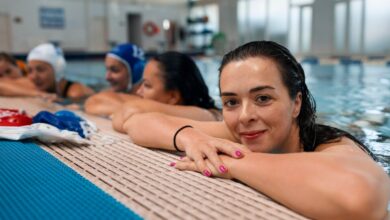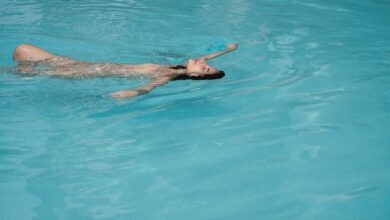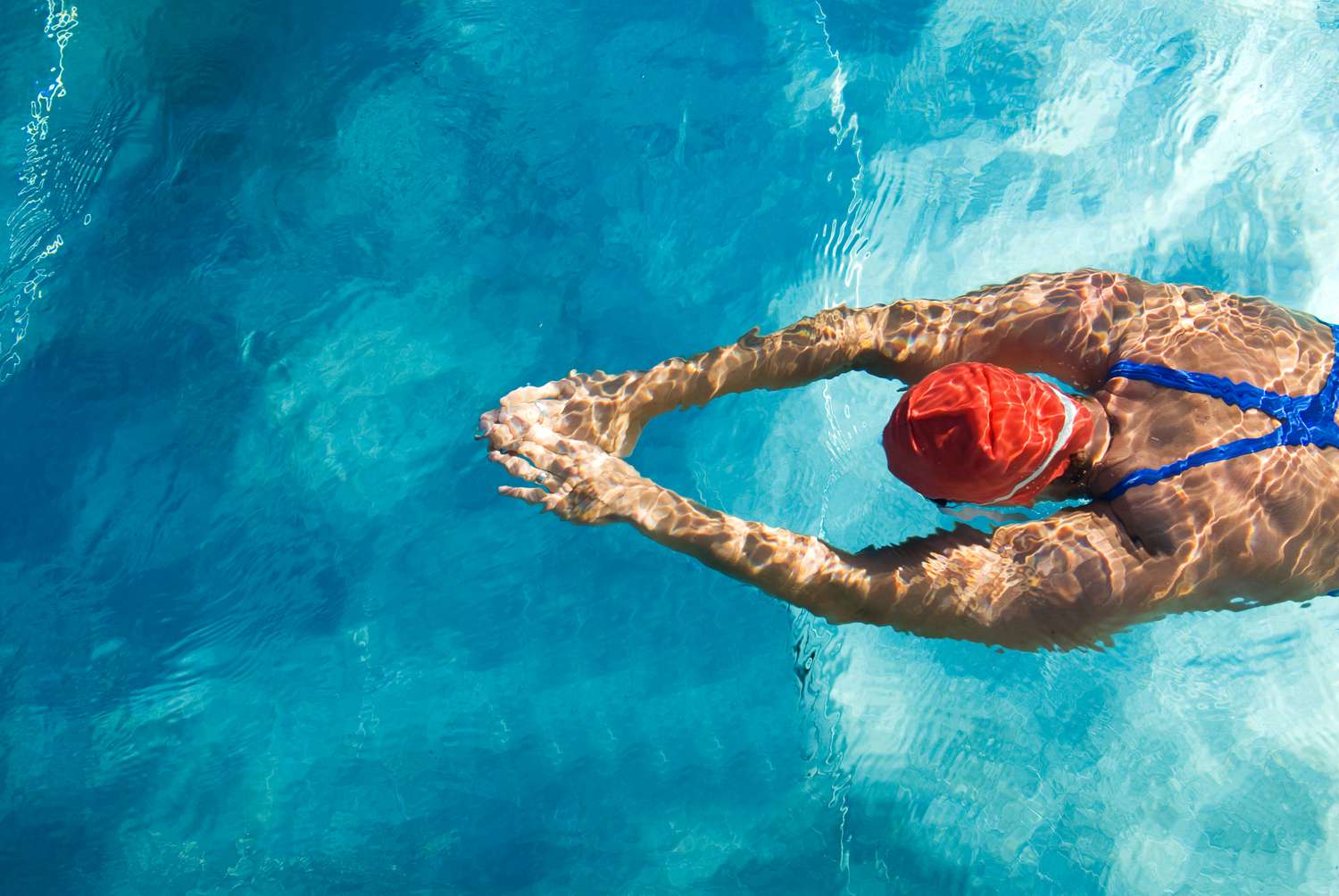
Welcome to our comprehensive guide on the top 10 swimming strokes every beginner should master. Whether you’re dipping your toes into the world of swimming or looking to improve your existing skills, learning multiple swimming strokes is essential.
Mastering various strokes not only adds variety and fun to your swimming routine but also contributes significantly to your overall swimming proficiency. In this blog post, we will explore the basics of swimming, dive into each stroke’s technique, and provide helpful tips and exercises for beginners to enhance their abilities. So, let’s dive right in!
The Basics of Swimming
Before we delve into the different strokes, let’s cover the fundamental principles of swimming. Proper body position, controlled breathing, and water safety are the cornerstones of becoming a proficient swimmer.
Ensuring that your body is streamlined and balanced in the water minimizes drag, making it easier to move efficiently. Learning how to breathe rhythmically while swimming is crucial for sustaining stamina and avoiding fatigue. Additionally, understanding basic water safety practices is essential to ensure a safe and enjoyable swimming experience.
Freestyle Stroke (Front Crawl)
The freestyle stroke, also known as the front crawl, is the most common and fastest swimming stroke. It involves alternating arm movements and a flutter kick. To execute the freestyle stroke correctly, start by extending one arm forward while the other pulls back, simultaneously kicking your legs.
Breathing is a vital aspect of freestyle, and that’s the first thing you’ll learn at Bukit Panjang swimming lessons, so learning the bilateral breathing technique is beneficial too. By practicing these steps and focusing on body rotation, beginners can gradually improve their freestyle technique and efficiency in the water.
Backstroke
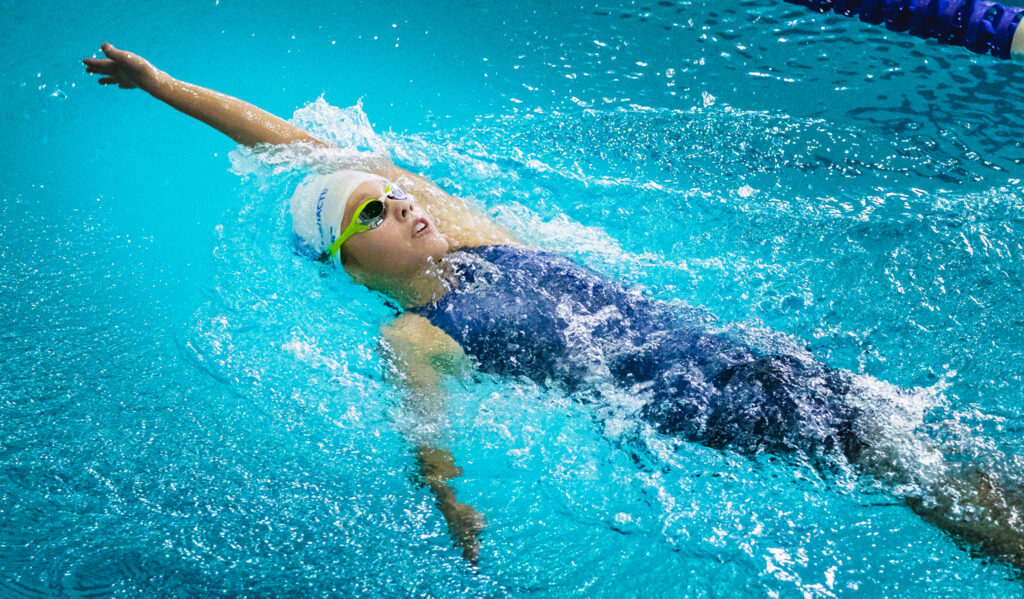
Another essential stroke to master is the backstroke. It involves lying on your back, making alternating circular arm movements, and performing a flutter kick.
Maintaining proper body position and keeping your head in line with your body are crucial elements for a smooth backstroke. Beginners should pay attention to arm and leg movements, as well as the timing of the stroke to achieve a steady and efficient backstroke.
Breaststroke
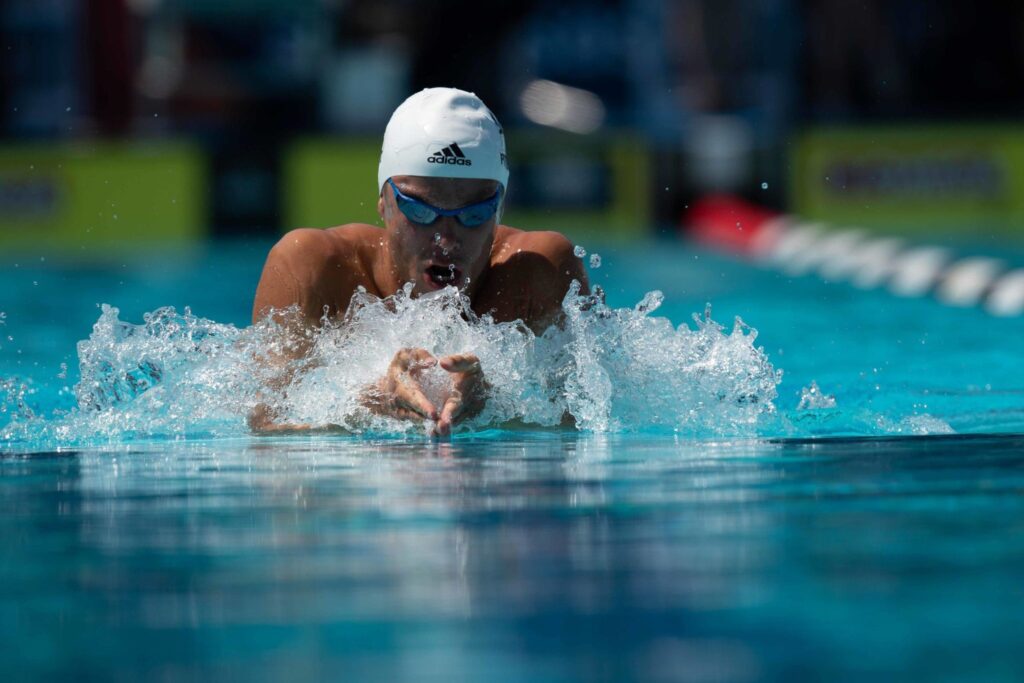
The breaststroke is known for its unique arm and leg movements that resemble a frog’s kick. To perform this stroke, begin with your arms extended forward, pulling them back simultaneously while performing a whip kick.
Proper timing between the arm and leg movements is vital to maintain momentum. Beginners can practice breaststroke drills to improve their technique and build strength in the water.
Butterfly Stroke
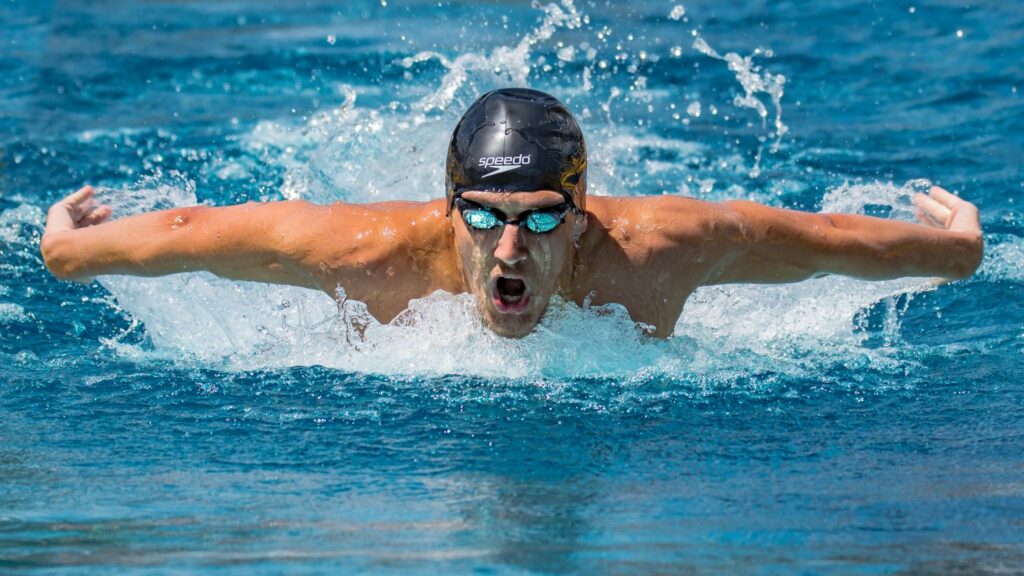
The butterfly stroke is often considered the most challenging but also the most rewarding. It requires a powerful dolphin kick and simultaneous arm movements. Beginners should start by mastering the dolphin kick, which involves both legs moving together like a mermaid’s tail.
Once comfortable with the kick, beginners can incorporate the arm movements to complete the butterfly stroke. Progressive drills are essential to develop the strength and coordination required for this stroke, allowing swimmers to experience the unparalleled grace and speed that the butterfly can offer.
Sidestroke
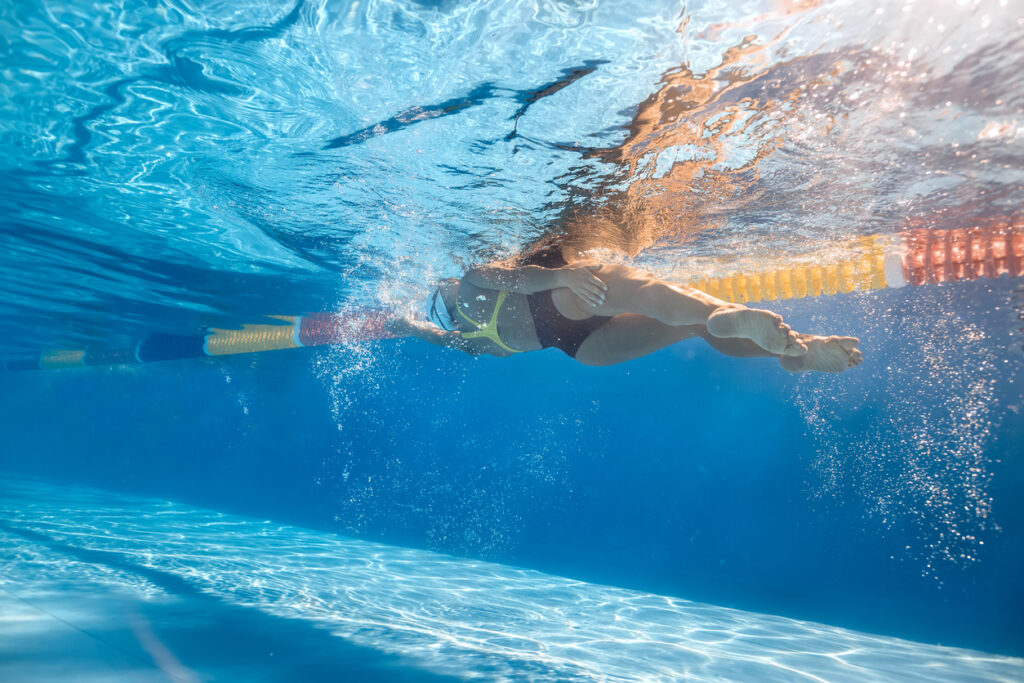
The sidestroke offers an alternative to the standard competitive strokes. It is particularly useful for recreational swimmers or those looking for a gentler swimming style. The sidestroke involves a scissor kick and lateral arm movements, creating a fluid and leisurely way to traverse through the water.
It is also an excellent stroke for treading water for extended periods, making it an essential survival skill for situations that require sustained buoyancy. While not as widely used in competitive swimming, mastering the sidestroke can be a valuable addition to your swimming repertoire, granting you versatility and adaptability in various aquatic scenarios.
Elementary Backstroke
The elementary backstroke is ideal for beginners who are learning water safety. It involves simple arm and leg movements, making it relatively easy to learn for swimmers of all ages. Practicing the elementary backstroke helps build confidence in the water, instilling a sense of comfort and familiarity with the aquatic environment.
Additionally, it lays the foundation for mastering more advanced strokes, making the transition to other swimming techniques smoother and more accessible. Mastering the elementary backstroke not only boosts your overall swimming skills but also reinforces the importance of water safety and responsible swimming practices.
Treading Water
Treading water is a crucial survival skill that all swimmers should master. It allows you to stay afloat without swimming, conserving energy and preventing fatigue.
Beginners can learn various treading water techniques, such as the eggbeater kick, to keep their heads above water efficiently. This skill is not only vital for emergency situations but also serves as an essential tool for recreational swimmers who wish to stay in one spot in the water, observe their surroundings, or engage in activities that do not involve continuous swimming.
By mastering treading water, swimmers gain an added layer of confidence and safety, enabling them to enjoy various water activities without the fear of exhaustion or submersion.
The Importance of Diving
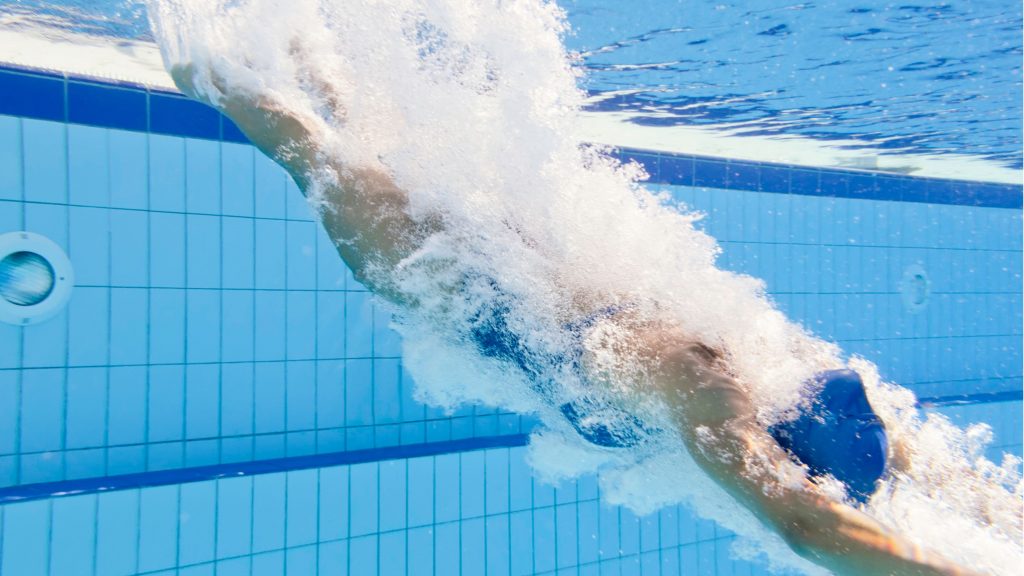
Diving skills are valuable for swimmers of all levels. Proper diving techniques not only improve your swimming performance but also enhance your safety when entering the water. Remember to always dive in controlled environments and be aware of the depth of the water.
Tips for Learning Multiple Strokes
As you embark on your journey to master multiple swimming strokes, keep these essential tips in mind:
Consistent Practice
Regular practice is key to improving your swimming skills. Dedicate time to practice each stroke and focus on refining your technique.
Seek Guidance
Enroll in swimming lessons or seek guidance from experienced swim instructors or coaches. They can provide valuable feedback and help you progress faster.
Be Patient
Learning new strokes takes time and effort. Be patient with yourself and celebrate each milestone, no matter how small.
Set Goals
Set achievable goals for yourself and track your progress. Having clear objectives will keep you motivated and focused.
Enjoy the Process
Swimming is not just about perfecting techniques; it’s also about enjoying the water and the freedom it offers.
Conclusion
Congratulations on reaching the end of our guide to the top 10 swimming strokes every beginner should master. By now, you should have a solid understanding of the fundamental principles of swimming and the techniques behind each stroke.
Embrace the challenge of learning new strokes, as it will greatly enhance your swimming abilities and overall enjoyment in the water.
Remember, swimming is a lifelong skill that offers both physical and mental benefits. So, take the plunge, explore different strokes, and practice consistently. Be persistent in your efforts, and soon enough, you’ll be gliding effortlessly through the water like a true swimming pro. Happy swimming!


